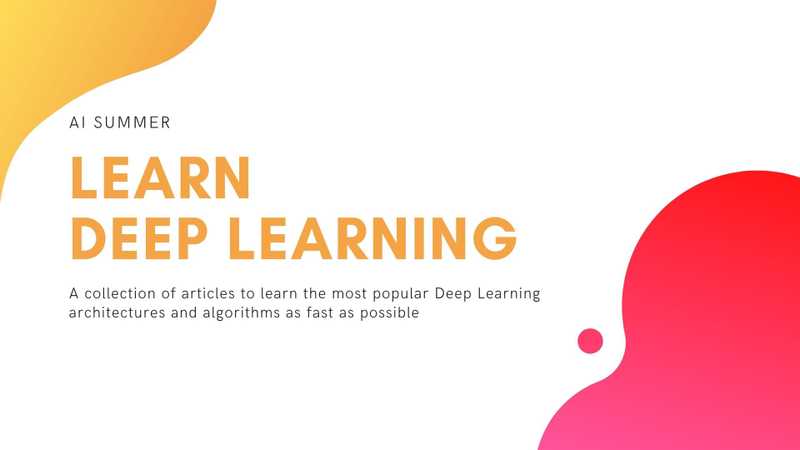
By Sahiti Kulkarni
Student A arrives late to their first-period class. Everyone is in a frenzy to submit their final paper worth 40 percent of their grade. As a result of student A’s lack of punctuality, one may expect student A to be in the same boat as many of their classmates: nervous, rushed, and distressed.
However, student A has an ace up their sleeve. What is this ace you may ask? The assistance of generative AI.
The new advancement of generative AI has resulted in an uproar in the education scene. Regardless of the topic, AI has the potential to generate knowledge of almost any subject known to man. It is a potent formula, and for many, an effective solution.
Since its introduction to the public, the easily accessible technological service has become somewhat of a communal weapon for all to manipulate.
Among the large collection taking advantage of such a unique advancement, a percentage of more than half of students across the globe have recently become avid members of this collective.
As an article by Nature.com passionately illustrates, approximately 25.2 percent of students have frequently utilize AI-based tools, and almost 50 percent of students have accepted occasionally employing such technologies.
Suddenly, the integrity of the future of our society is lost amidst the deep sea of AI. A sea bearing limited similarity to the true oceans of our planet, but holding one factor in common: an uncertainty in what it beholds.
So what exactly is the driving force behind the younger generation’s devotion to Artificial intelligence-related tools? Well, as a member of the younger generation, I have seen it all first-hand.
However, to simply ask “why” to gain a firm understanding of the situation at hand may seem to be an overgeneralized question. Yet, such a query may reveal more than one presumes. So why? Why are our current students so addicted to the use of artificial intelligence in almost anything they do?
Perhaps it is our constant commitment to excellence that motivates us to make use of any tool available. If it will allow a shortcut to success, you can expect a child of the younger generations to utilize it.
In fact, the Annie E. Casey Foundation discovered statistical proof of such ambition being exhibited in students of Generation Z, stating that nearly 57 percent of individuals were enrolled in some form of higher education. In comparison, the Millennial generation held only 52 percent of individuals receiving education after the secondary level. Most significantly, the percentage of Generation X individuals dropped to a whopping 43 percent.
This essentially proves the younger generation’s undeniable yearning for success. It goes without a doubt that generative AI is the greatest enabler of such success, especially for teens.
There is another factor that nearly screams in importance when considering the friendship that AI and current students passionately hold. It is the understanding that our present youth has grown up in a technologically driven world. Such a factor becomes imperative in comprehending our ease and comfort in using technology which is so new and complex. We have truly become accustomed to a society driven by consistent innovation and powerful tech. Unlike many who may fear the potential of new technologies, my generation is quick to adapt to them.
While the older people may find Artificial Intelligence challenging, our generation does not. We see it as a beautiful package that is both a tool and a friend. AI is guiding our current youth towards greatness, in whatever form it may have offered assistance, and we are yet to reach the climax of it all.




